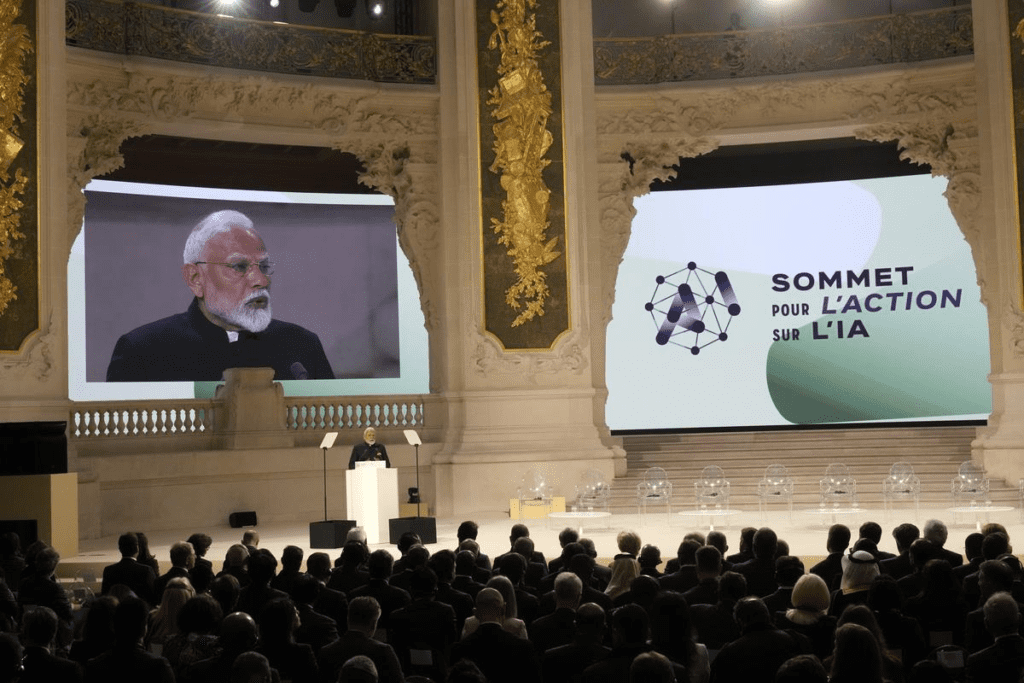Introduction
Artificial Intelligence has made significant strides in image generation, yet a peculiar limitation remains: AI struggles to generate accurate images of left-handed individuals writing. This was brought to the attention of common Indians by PM Narendra Modi in his speech at the recent AI summit in Paris. And indeed, if you’ve ever tried prompting an AI model to create such an image, you’ve likely received a right-handed person instead. But why does this happen? Let’s explore the reasons behind this AI shortcoming and what can be done to fix it.

The Core Issue: Training Data Bias
One of the biggest reasons AI models fail at generating left-handed writers is training data bias. Most AI models are trained on vast datasets of publicly available images, and since roughly 90% of the global population is right-handed, the majority of training images depict right-handed individuals. As a result, AI develops a pattern-recognition bias, associating writing with the right hand as the default.
Mirroring and Handedness Ambiguity
Even when explicitly instructed to depict left-handed writing, AI models often flip or mirror images incorrectly. This happens because AI lacks a deep contextual understanding of handedness. Instead, it generates images based on statistical probabilities from its dataset, often defaulting to what it has seen most—right-handed writing.

The Complexity of Hand Representation
Hands are notoriously difficult for AI to generate correctly. Common errors include:
- Incorrect finger positioning (e.g., unnatural grips)
- Distorted pen angles (e.g., pens floating or at impossible angles)
- Mirrored or duplicated hands (AI misinterprets which hand should hold the pen)
Since left-handed writing involves distinct wrist movements, grip styles, and arm positioning, AI struggles to replicate it accurately without substantial left-handed reference images in its dataset.
AI’s struggle to generate accurate images of left-handed writing highlights a broader issue of dataset bias and conceptual understanding. It is not a technology that can ‘think’ and ‘reason’ like humans do. It is trained on large datasets and as the tech evolves, improving dataset diversity and refining generation techniques will be crucial in overcoming these limitations
